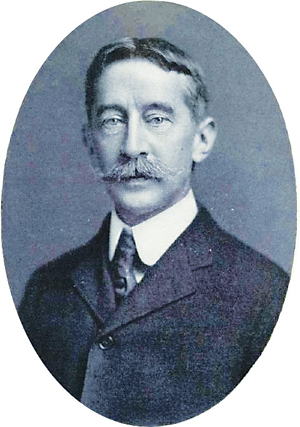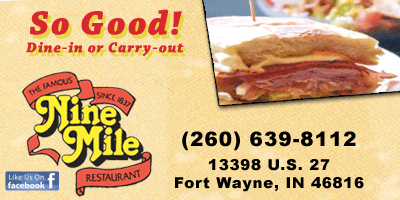AMERICA’S ENVIRONMENTAL PIONEER – Life In The Outdoors

George Bird Grinnell, that’ right, George Bird, has been called “America’s Environmental Pioneer.” He had what was described as a “restless drive to save the West.” Yet he was not a westerner. He was born in Brooklyn in 1849, moved with his family to Manhattan, New York, and grew up in an area named Audubon Park where he graduated from Churchill Military School.
George Bird, I’ve read, was not a good student and was not recommended for admittance to a college. But he was admitted, and went to Yale with many of his classmates. It was while he was at Yale that he got his introduction to the American West. It happened on a five-month expedition to the West with Yale paleontologist, Dr. Othniel Marsh, in 1970. The expedition was a search for fossils, bones of prehistoric animals.
While the expedition was to search for fossils, it was the land that stirred George Bird’s interest. There were wide open grasslands, dense forests with immense trees, broad rivers, lakes, and mountains. There were big game animals, bison or American buffalo, moose, elk, mountain goat and sheep, antelope, black and grizzly bears and deer. There were many smaller mammals and hundreds of species of birds.
One of the first stops of the expedition was Yellowstone, at that time recently named the first National Park in the world. At that time, however, Yellowstone was a land in turmoil, not just the natural features, the geysers and mud pots, the lakes and rivers, but its development.
The first transcontinental railroad was being constructed and developers wanted the railroad to pass by, or even through Yellowstone. The Park would be a spectacular attraction, an outdoor wonderland with a huge hotel, cabins and other accommodation for visitors.
On his return from Yellowstone George Bird submitted several article to a newly established magazine, then called Forest and Stream, later Field and Stream. In his articles, he decried the development, advocating that Yellowstone be preserved in a natural state. Asked for more articles he became a contributing editor, then managing editor of the magazine, a position he had for forty years. During those years, he wrote nearly all the magazine’s editorials, many of them advocating preservation of Yellowstone in a pristine state, the land, the water and the animals. He advocated preserving all the land of the west that wasn’t already being farmed or grazed by cattle or developed in some way and protecting the animals on the land.
George Bird made many trips to the American West. Traveling beyond Yellowstone he saw and was enraptured by land in Montana, a land of spectacular mountains and glaciers, lakes and streams. He began a campaign to make this a second National Park. Today the area is Glacier National Park and within it are Grinnell Glacier, Grinnell Mountain and Grinnell Lake.
On one trip west, George Bird lived with a group of Indiana, Pawnee Indians. He rode horseback with eight hundred Pawnee braves on a buffalo hut. He was with the Pawnees when they were attacked by other Indians, Cheyenne. The Cheyenne were repulsed but there were casualties on both sides.
In the West George Bird met another famous man of the West, William F. Cody, better known as Wild Bill, and he also met Brigham Young. He was a member of an expedition led by General George Armstrong Custer. He was invited to go with Custer on his last expedition, the expedition that ended with Custer’s Last Stand.
George Bird was an early member of an Audubon Club and one of the earliest members of the National Audubon Society. He was one of the founders of the Boone and Crocket Club, an organization advocating fair hunt and protection where necessary to preserve a species. George Bird was indeed, American’s Environmental Pioneer.
- Birds As Weather Forecasters – Life In The Outdoors - December 17, 2021
- Rare Bird Spotted In Indiana – Life In The Outdoors - October 8, 2021
- MY EXPERIENCE WITH DEER – Life In The Outdoors - July 30, 2021


